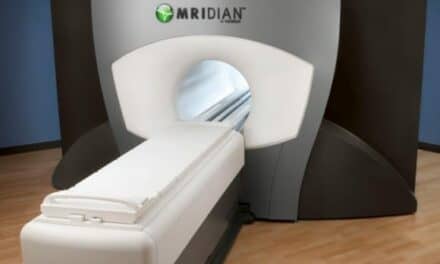Researchers have identified the overuse of medical imaging or inappropriate prostate and breast cancer imaging rates in certain regions, according to a study article published online in the March 12, 2015 edition of JAMA Oncology. Using a hospital referral region (HRR) level analysis, researchers also discovered that the percentage of overuse on a region-by-region basis varied considerably.
According to the study’s authors, the findings suggest the existence of a regional-level propensity for inappropriate imaging utilization, which may need to be considered by policymakers seeking to improve quality of care and reduce healthcare spending in high-utilization areas.
For the study, the researchers investigated medical records from across 84 HRRs, reviewing cases from 9,219 men and 30,298 women. They found that for men with low-risk prostate cancer, imaging was overused in 44.4% of the cases. For women with breast cancer, imaging was overused in 41.8% of the cases. Rates of inappropriate imaging for women with low-risk breast cancer were associated with race, year of diagnosis, median income, and marital status, according to the study article. Researchers based their findings on the use of CT and bone scans for prostate cancer and CT, MR, and PET scans for breast cancer.
The JAMA Oncology article indicates that the studies took place between 2004 and 2007, prior to the inception of Choosing Wisely, an initiative of the ABIM Foundation. The Choosing Wisely initiative’s website indicates that the program is intended to foster “conversations between providers and patients to ensure the right care is delivered at the right time.” According to Choosing Wisely, participating organizations have created lists of “Things Providers and Patients Should Question,” including discussions of evidence-based recommendations to ensure the most appropriate care is given based on a patient’s individual needs and situation.
“Our study suggests that regions may have inherent characteristics, over and above market structure and competition, underlying healthcare decisions across diseases,” Danil V. Makarov, MD, MHS, Department of Urology at New York University School of Medicine, wrote in the report. “Future work should further characterize determinates of these regional tendencies.”




